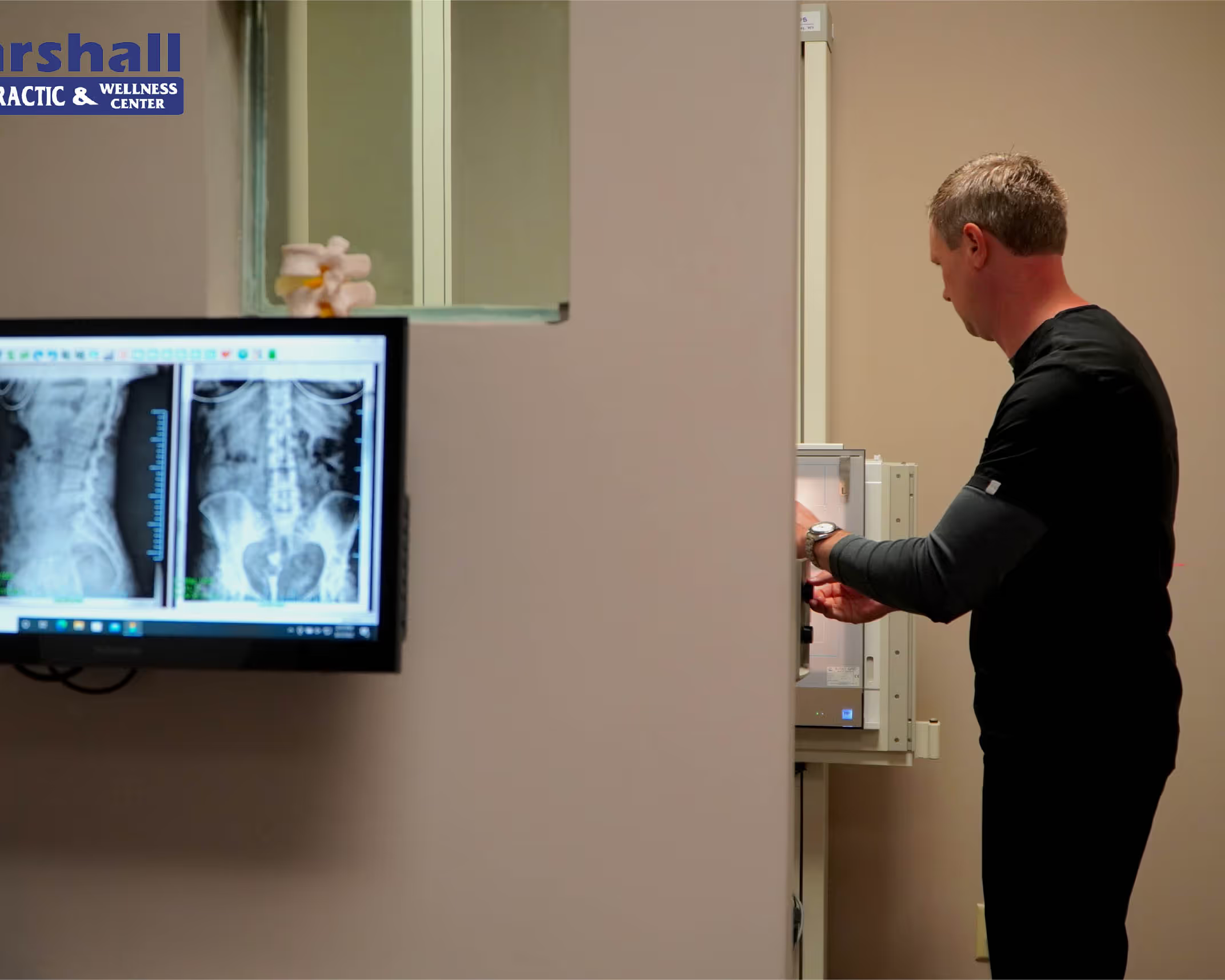Sciatica is a term often heard in the medical field that describes a specific set of symptoms resulting from the irritation or compression of the sciatic nerve. As the longest and largest nerve in the human body, the sciatic nerve starts from your lower back, moves through your hips, and extends down each leg, ending just below the knee. When there’s a disruption along this nerve, that's when sciatica strikes. The condition usually affects only one side of the body, leading to discomfort along the pathway of the nerve. This blog aims to shed light on the signs and symptoms of sciatica, enhancing your understanding and aiding timely diagnosis and treatment.
What Causes Sciatica?
The root causes of sciatica are commonly traced back to a herniated disk, bone spurs on the spine, or spinal stenosis, which leads to compression or irritation of the nerve. Other factors such as pregnancy, sitting for prolonged periods, and muscle spasms are also the culprits behind the onset of sciatica. In rare instances, the nerve is compressed by a tumor or suffers damage from diseases like diabetes.
Signs and Symptoms of Sciatica
Sciatica manifests differently in different individuals, with symptoms ranging from mild to severe. It’s crucial to be in tune with your body and recognize these signs early on for effective management. Here's a comprehensive list of common indicators:
1. Lower Back Pain
While sciatica primarily causes leg pain, a large number of people with sciatica also experience lower back pain. The intensity of this back pain is usually less severe than the pain in the leg.
2. Sharp Burning Sensation or Pain
Those struggling with sciatica often report a sharp, "searing" pain that radiates down one leg. This pain is aggravated by certain activities such as sitting or standing for too long, sneezing, laughing, or even during bowel movements. Simple day-to-day tasks become a struggle for individuals experiencing sciatica.
3. Numbness or Muscle Weakness
One distinct symptom of sciatica is numbness along the pathway of the sciatic nerve. This could even lead to the muscles in the path feeling weak. This numbness or weakness is often accompanied by prickly, tingling sensations or what one might describe as pins and needles nearly anywhere along the nerve pathway.
4. Difficulty in Movement
In worsening cases of sciatica, mobility gets notably compromised. Affected individuals may struggle to move the leg or foot on the side affected by the sciatic nerve. Activities like walking or climbing stairs can become significantly affected.
5. Pain on One Side
In a majority of cases, sciatica primarily affects one side of the body. This unilateral pain is typically localized to a specific path, often stretching right from the lower back to the buttock and the back of your thigh and calf.
6. Varying Pain Intensity
Pain intensity is subjective and might differ greatly among individuals. The sensation of sciatica-associated pain varies greatly, ranging from a dull, mild ache to a sharp, burning sensation or, in rare cases, a jolt similar to an electric shock. The pain intensity may also increase or decrease depending on the person's position or posture.
When to Seek Medical Attention
Persistent lower back pain that radiates to your hip and leg, or pain matching the symptoms mentioned above, is undoubtedly a cause for concern. Prompt medical advice should be sought under such circumstances. Instances that warrant immediate medical intervention include pain triggered by a severe injury, sudden or intense pain, difficulty in bowel or bladder control, or if the pain is paired with unexplained weight loss.
Awareness of the signs and symptoms of sciatica contributes significantly to its early detection, paving the way for prompt and effective treatment options. These treatment options span from physical therapy and medication regimens to, in severe cases, surgical interventions. Early detection is always essential to securing a better prognosis and effective treatment. So, if you ever suspect that you might be struggling with sciatica, ensure you promptly discuss your symptoms with your healthcare provider or chiropractor. If you suspect you have sciatica, contact our team at Marshall Chiropractic. Our team will help you get started to come in for treatment!





















